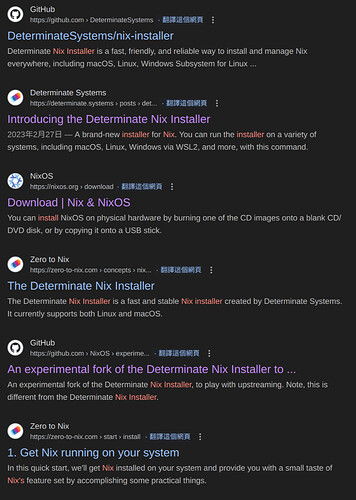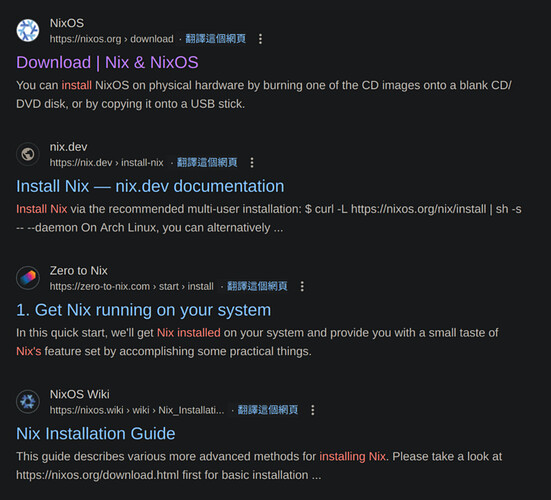There doesn’t need to be a connection between Nix and curl. I was constructing a parallel example in which curl took the place of Nix, not in which curl took the place of something with a non-trivial connection to Nix.
To reiterate: the claim being made is that DetSys (party A) should not announce that a security fix for the Nix implementation (party B) is available through DetSys’s channels until it has also been made available through Nixpkgs (party C). I question that claim because we would not expect Debian (party A′) to refrain from announcing that a security fix for curl (party B′) is available though Debian’s channels until it has also been made available through Nixpkgs (party C′). If this is a bad comparison, it’s not because of the lack of a relationship between B and B′. It must be because of some feature of the A-B-C triple that is not present in the A′-B′-C′ triple. I can’t tell whether it’s because of something about the A-B relationship (DetSys and the Nix team), something about the B-C relationship (Nix and Nixpkgs), or something about the A-C relationship (DetSys and Nixpkgs), or whether it’s some emergent property of all three.
I have done some investigation and the overlap is pretty small! DetSys lists its people, the Nix team is enumerated here, and Nixpkgs is owned by hundreds (or thousands, depending on how you count) but if you look at the set of people who have committed to the pkgs/tools/package-management/nix tree in the last year with:
git log origin/master --since='1 year ago' --format='%an' -- pkgs/tools/package-management/nix | sort -u
you will see that it doesn’t contain any overlap with DetSys.
So what is the overlap that we’re talking about? Is it that members of the Nix team also contribute to Nixpkgs? If so, how is that relevant? If a curl maintainer applied for and received commit bits on Nixpkgs, would you impose the same embargo requirement for already-published security fixes for curl?
Or is it that Eelco is on the Nix team and a founder of DetSys? If so, how is that relevant? If the Nix team and DetSys were literally the same team—if there was one group of people who write and maintain and provide commercial support for a piece of software, and that software is on Nixpkgs, are they obligated not to announce security fixes until the fixes are available on Nixpkgs? And if not, why is it a problem if they have a partial overlap instead of a total overlap?
I’m not a fan of several other choices DetSys has made, but it seems like some of you are holding DetSys to an unusual and (in light of Graham’s post) unrealistic standard in this scenario, and I can’t figure out what the principle is that would lead a reasonable person to justify that standard only in this specific case! I’d appreciate it if you could put that principle into words.


